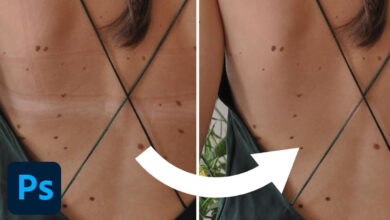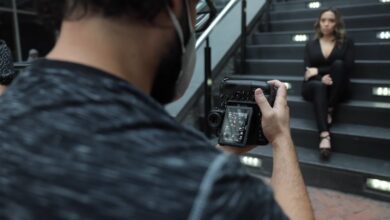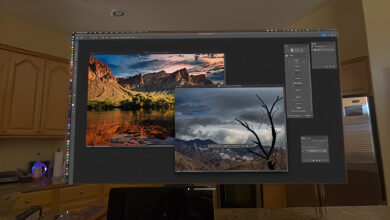How to take your own cookbook photos
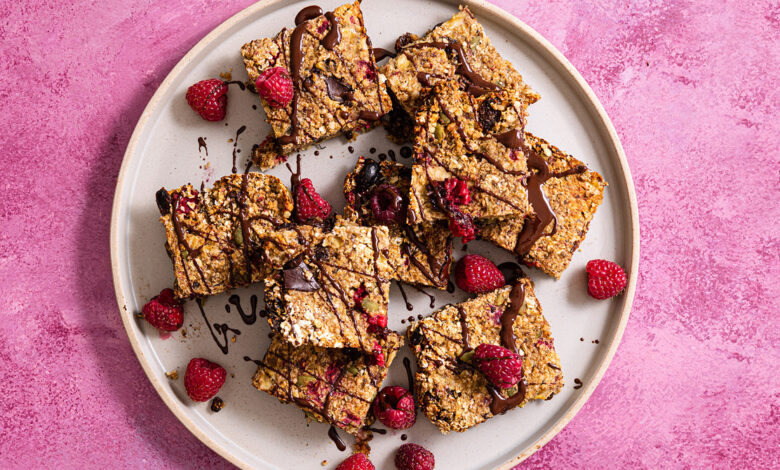
Planning a restaurant shoot or a client pitch for a specific project is one thing, but how do you plan and photograph a much longer project, such as a cookbook? In this post, I’m sharing my tips on how to photograph a self-published cookbook, but the same advice holds true for a longer project like an e-book.
Be clear about your aesthetic
Once you’ve chosen your cookbook theme, you’re probably already really clear about the look and feel you want to create with your book. If you’re not so sure, start gathering visual inspiration from Pinterest, magazines, or other cookbooks for inspiration and curate what works for you and what doesn’t. Some questions you can ask yourself:
- How do I want the cookbook to feel and what mood should it evoke?
- How do I want people to feel when they see the book?
- Is the aesthetic appropriate for the seasons?
- Do I want to shoot with hard light or soft light or a combination of both?
- How many movements do I want to incorporate?
- Do I want to focus on food portraits or include wider table scenes?
When I created my cookbook, I knew I wanted the whole book to feel colorful, fun, bold, and dynamic. This is naturally well-suited to hard lighting, striking colors, and a mix of macro photography and food portraits.
Choose a color palette
Once you have a clear idea of the mood and feel of your cookbook, get clear on your primary color palette. If it were a book about soups or stews, perhaps tones and colors would be placed in the fall palette of browns, burnt oranges, and moss greens. Your book’s theme may lead you to a particular color scheme. Working within the confines of a specific palette will help you create a book that feels cohesive and consistent. Obviously, there are no hard and fast rules, but I find it very helpful to choose six or seven primary colors that I will knit throughout the book, primarily through my selection of colorful surfaces. Then I add a sense of variety through additional props, styles, and layouts.
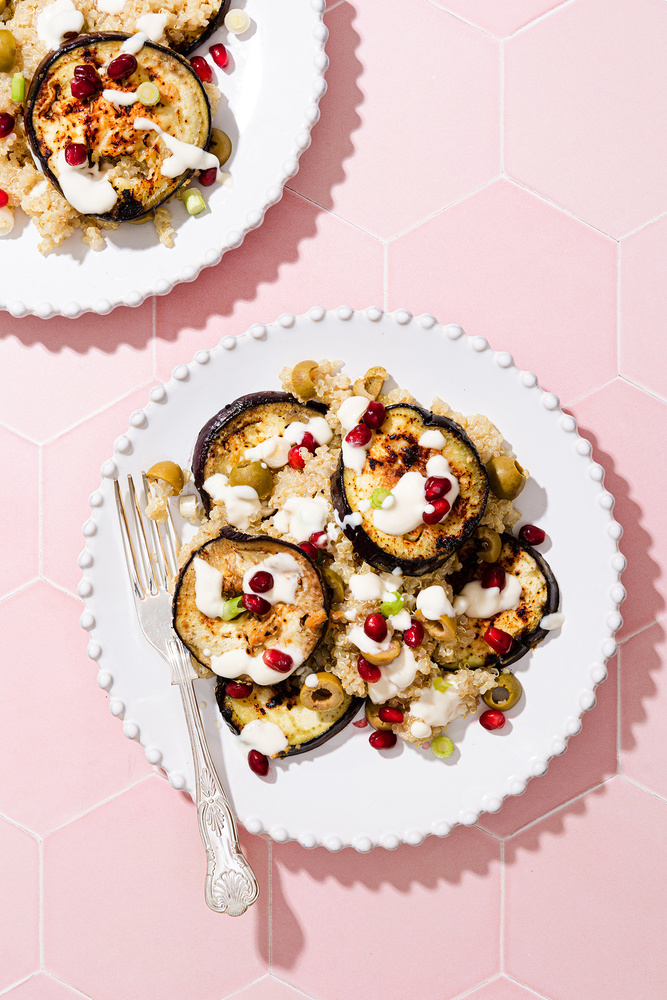
Sourcing props
You probably have a huge collection of props that match the aesthetic you’ve set for your cookbook. In that case, you’re ready to go! However, it’s more than likely that you have some existing work in place, but you need to bulk up your collection to have enough diverse images for an entire cookbook. If you have the budget to buy more, that’s great, but if you’re on a budget, there are a few ways you can get creative.
I approached a local homeware store in my city, which had a lot of work that I knew would fit the aesthetic I was aiming for for my book. Every time I scheduled a shoot in the diary, I would email the store a list of what I wanted, and I would rent those items for 20% of the retail price. This means I have the flexibility to include new sections for each cookbook section while maintaining a consistent feel across the different sections. I can also pick pieces that fit a certain recipe perfectly, but not something that I necessarily use over and over again in my own props collection.
Another option might be to contact local food or props stylists in your area and agree on a similar loan agreement where you can choose from their collection and return when you finish.
Timeline
Once you’ve got an idea of the direction you’re going to take your cookbook, it’s time to plan your shooting days. You can use software like Asana to keep track or simply use the built-in calendar on your phone or computer. It’s important to know how you like to work best. Personally, I don’t want to shoot multiple days of the week for seven or eight weeks to tackle an entire cookbook in one series, although I appreciate that could really work for others.
Instead, I tackle each photography section and will block once a week to take pictures. This worked especially well because I did everything myself, from cooking and plating to styling, shooting and washing. This method gives me enough space around the edges of my schedule to stay motivated, sit with the images I’ve taken and to see if I like the direction and what changes I want to make. forward.
Try to keep a certain degree of flexibility in your approach. While most of my cookbooks are shot piecemeal, sometimes I haven’t done all the testing for every recipe, so some weeks of filming will be a mix of recipes from different sections, depending on where I want to do my testing.
Print your pictures
Once you’ve photographed the entire part, use your home printer or take the files to the print shop and get the images before your eyes in real life. You can pin them to the wall in the order you imagined them to come in, and this will not only help you visually understand how the book flows, but also give you an opportunity to spot any details. may need your attention during editing, such as stray or messy debris on the top of the bowl that may have escaped you on the screen. You can swap the images around, see where you might need more space, variation, new angles, or some movement. The luxury of self-publishing a cookbook is that you can work on your own schedule and photograph anything that doesn’t work for you.
Inference
If you’ve tackled a longer project like self-publishing a cookbook or creating your own e-book, I’d love to hear your tips on how you approach it, stay motivated, or make a routine. The process allows you to be as happy as possible with the results.

